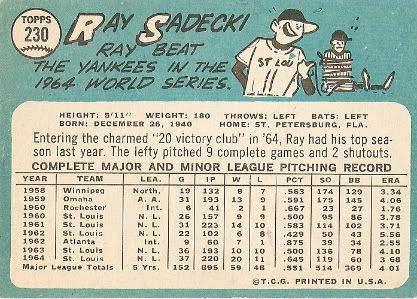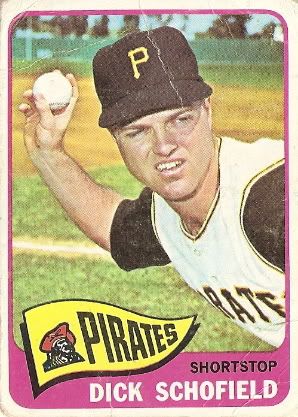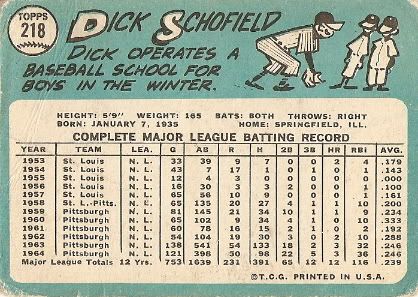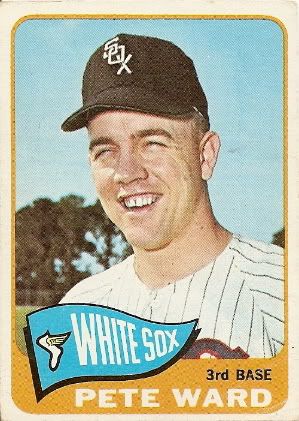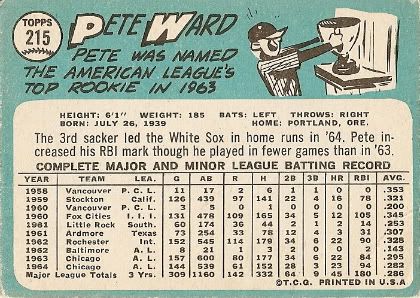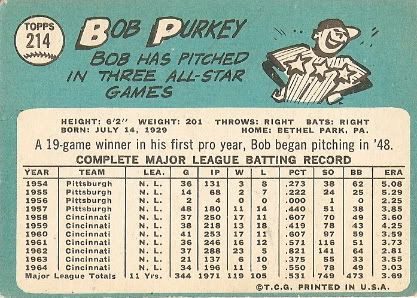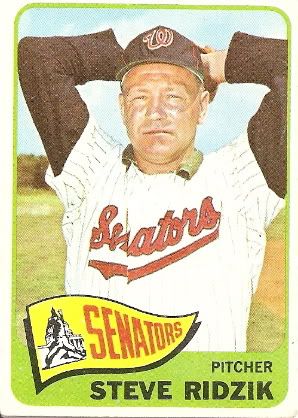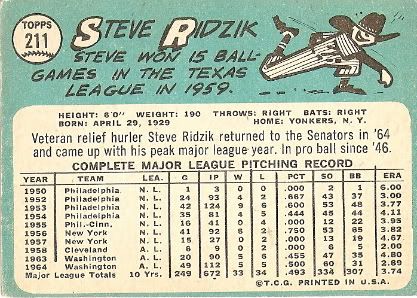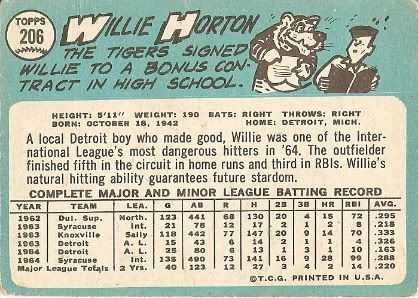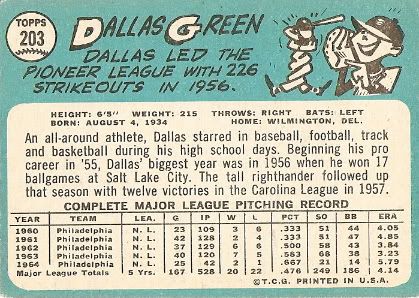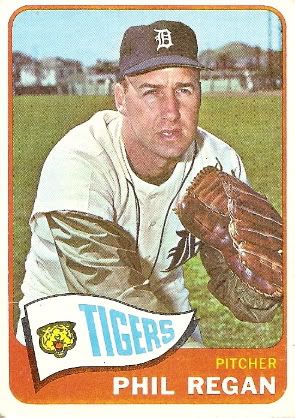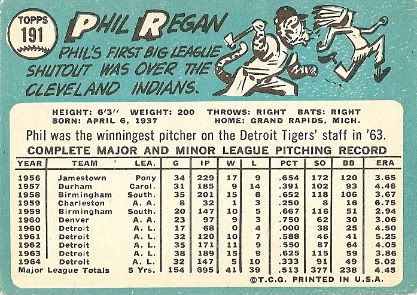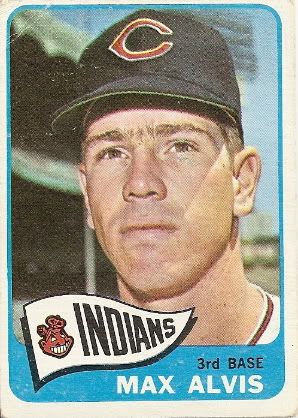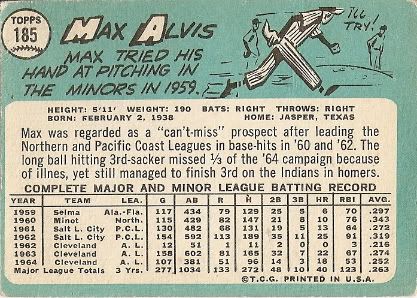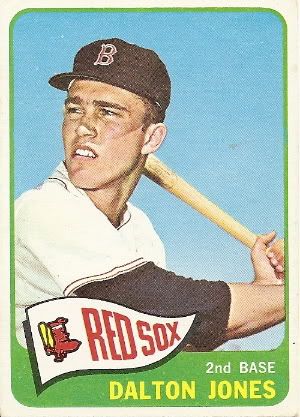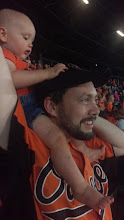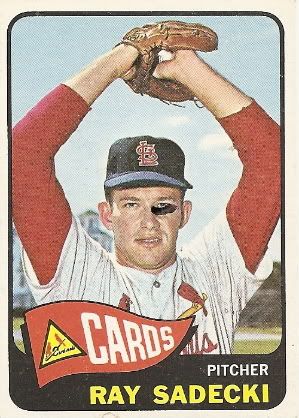
Beginning with this post, I'm backtracking to fix that goof-up. First are a pair of cards that Cardboard Junkie Dave sent me as part of his Christmas giveaway (there were also some cool Orioles cards and 1982 Topps set needs in that package). I can't imagine what poor Ray Sadecki did to deserve that Sharpie black eye, but you can bet that he won't do it again!
Fun facts about Ray Sadecki:
-A Kansas Citian (sure, that sounds good) by birth, Ray signed as a bonus baby with the Cardinals in 1958.
-As a 19-year-old rookie in 1960, he went 9-9 with a 3.78 ERA and three-hit the Reds for his first major league win.
-Was even better in his second look at the N.L., going 14-10 with a 3.72 ERA and a career-best 13 complete games. The biggest hole in the youngster's game was a tendency to walk batters (4.5 BB/9 IP in 1960-1961).
-After back-to-back substandard years, Sadecki came on strong for the World Champion Redbirds in 1964: a team-best 20 wins (with 11 losses), a 3.68 ERA, and a Game 1 victory over Whitey Ford in Ford's final World Series game.
-On fifteen separate occasions in his career, he struck out double-digit batters, including a high mark of 13 in two different games.
-Suffered a few indignities in 1966. On July 3, he homered off of Braves pitcher Tony Cloninger, but also surrendered a grand slam to Cloninger, the second hit by the Atlanta hurler in the game. That season, Ray also became the only pitcher to be taken deep twice by walking punchline Bob Uecker!
-Ray pitched his way out of St. Louis with an 8-16 mark in 1965 and early 1966, eventually being swapped to the Giants for Orlando Cepeda. The change of scenery benefitted the southpaw, who posted his two best ERA seasons in 1967 and 1968 (2.78 and 2.91). He went 12-6 and 12-18, respectively, leading the league in losses in the latter season despite his strong effort.
-Spent five years as a valuable swingman for the Mets (1970-1974), posting a 30-24 record with a 3.34 ERA. Allowed one run in four relief appearances in the 1973 World Series, nailing down a save in New York's Game Four win over the A's.
-Racked up frequent flyer miles in his last three seasons in the majors, playing for five different clubs: St. Louis again, Atlanta, Kansas City, Milwaukee, and the Mets once more. In his eighteen-year career, he won 135 games, lost 131, completed 85, hurled 20 shutouts, and pitched to a 3.78 ERA.
-A few highlights since Ray called it a day: he was a coach for the Cubs' A-ball team in Peoria in 1992; a Little League field in his hometown of Kansas City was renovated and named in his honor in 2002; and he was inducted into the Polish-American Sports Hall of Fame in 2007.
